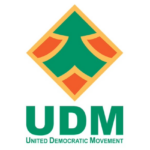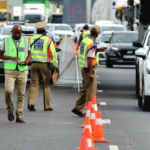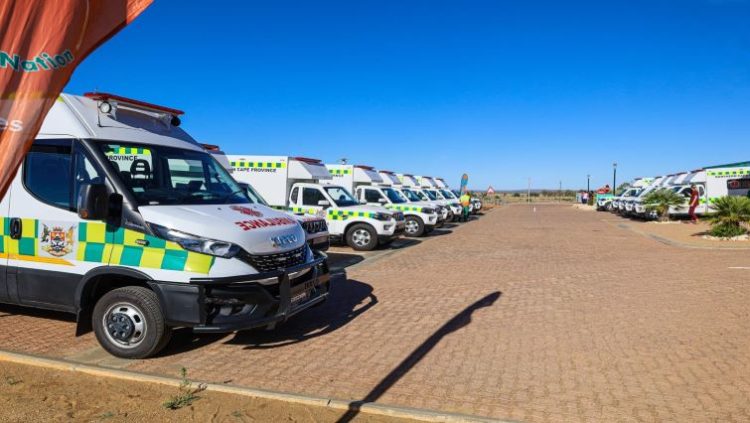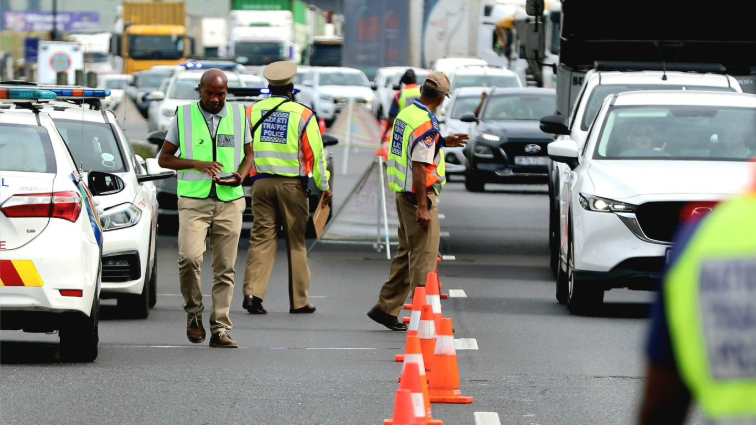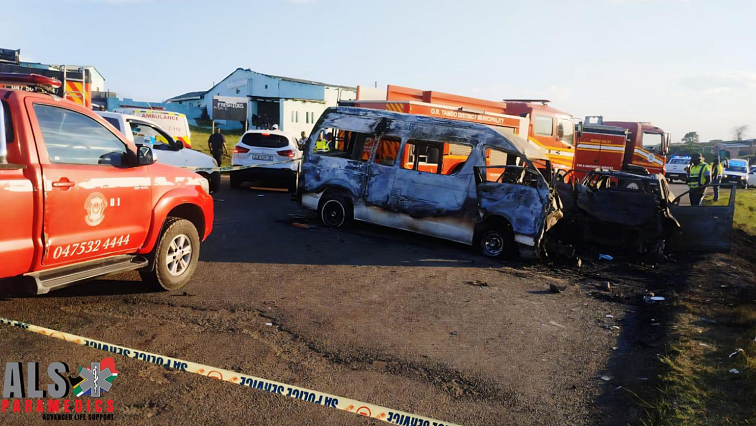-
Ambulances seen parked outside the Department of Health.
Many residents in the North West are often left in limbo as the province continues to face a dire shortage of ambulances.
The provincial government through the Thuntsha Lerole campaign, has moved to procure 85 vehicles.
These include 36 ambulances, 39 planned patient transport vehicles and 10 forensic pathology vehicles at a cost of R76 million.
Even with the new vehicles, the province will still fail to meet the required ratio of one ambulance per 10 000 people.
Residents say ambulances are not reliable and they have to make other plans to get to hospitals.
“When you call them, they take a while. Even when you’re at the clinic, you wait more than two to three hours. We end up hiring cars to go to health facilities – even though they say it’s illegal to use private vehicles to go to health facilities when an ambulance is needed,” says one resident.
Another resident says ambulances do not show up sometimes even after calling for one multiple times.
“Ambulances are a real challenge. We are really struggling, pregnant women sometimes miscarry while still waiting for an ambulance. Sometimes you wait and wait but still it never arrives. You will keep calling and calling using the airtime that you don’t have. Only for it to never arrive. You end up waking up neighbours asking for assistance of transport because ambulances are useless.”
Health Minister, Dr Aaron Motsoaledi, previously revealed in parliament that the province was one of three that are worst affected.
North West Premier, Lazarus Mokgosi, acknowledged that this was not enough and committed to procure more in future.
“We believe that these ambulances will alleviate generally the complaint in our communities or our response to the request for us to provide transport for our patients. It’s very limited, this is not enough. We are aware of but we believe that we can still do more. But with the limited resources that we have, this is what we could afford in the current financial year. We will do this on an annual basis to ensure that we reach what is the expected norm in terms of the ambulances,” explains Mokgosi.

